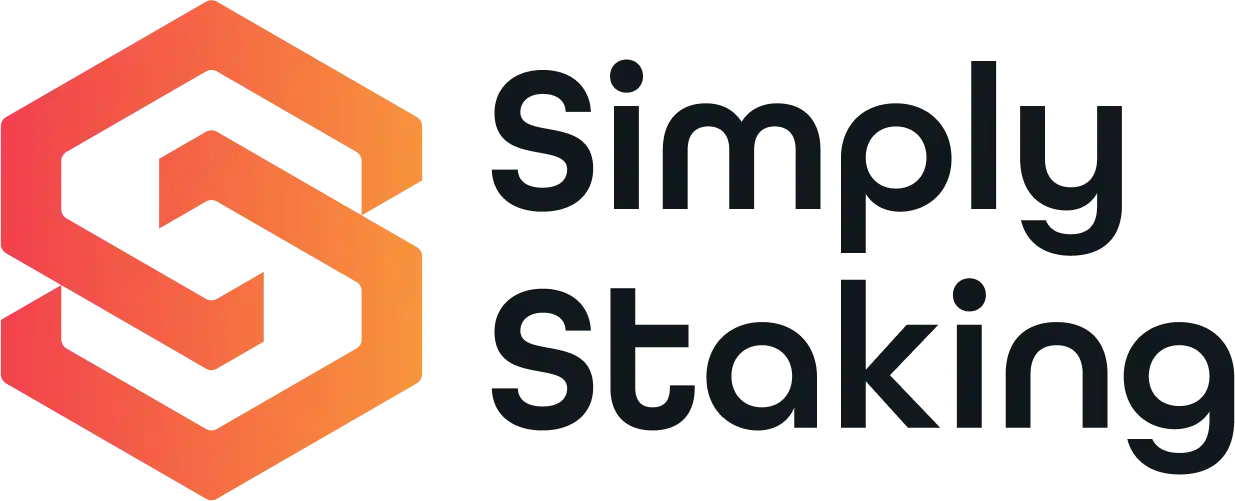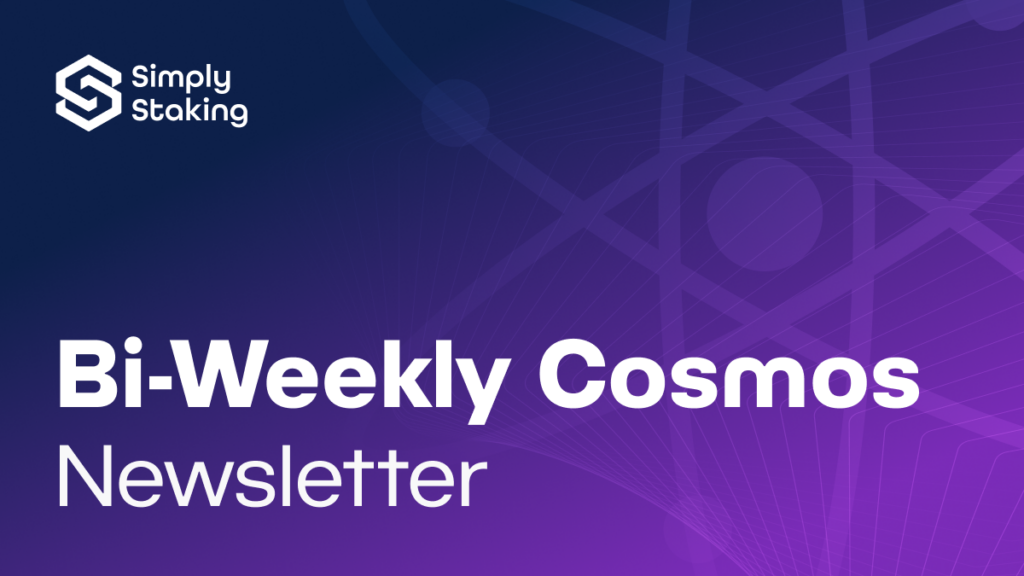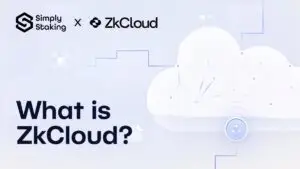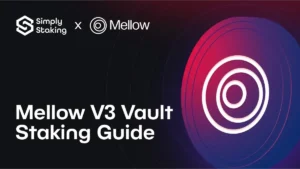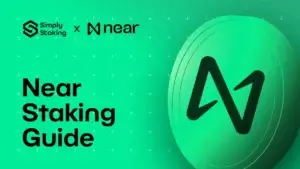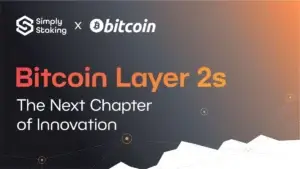In this week’s review, we offer you a bird’s eye view of exciting governance discussions and on-chain developments on Initia, Saga, Evmos, Akash, Osmosis, Archway, Persistence, Omniflix, Sommelier, and Quicksilver.
Initia
Initia announced the launch of its incentivized public test net just a few days ago.
The Incentivized Public Testnet will last for 8 weeks before the launch of the mainnet later this year. Users will be able to enlist in the Militia, interact with Initia’s Core Apps, and complete tasks on the Initia L1 to collect NFT cards.
The public testnet also launches 6 Minitias – specialised apps on the Initia ecosystem. These are:
- Blackwing.fi: a modular blockchain for margin trading
- Lunch: an app-based NFT-rewards app
- Contro Protocol: a Gradual Limit Order Book
- Milky Way: staking hub for modular chains
- Civitia: a Dapp that allows users to collaborate and interact within a unique social and financial layer
- INIT AI: Ai-powered NFT collection generator
With all the possibilities brought by the new testnet, Inita’s code repos and docs have also been updated.
To support on-chain innovation, while solidifying security, Simply Staking is happy to be validating the Initia blockchain.
Evmos
Ripple and Peersyst have partnered with Evmos to develop the XRPL EVM sidechain using evmOS and join the Interchain Ecosystem.
Evmos offers evmOS, a modular tech stack providing EVM compatibility on the Cosmos SDK. Key features include:
- Inter-Blockchain Communication (IBC): Connects over 60 Cosmos SDK chains
- EVM Extensions: Makes deployment flexible
- dApp Store Access: Enhances the efficiency of development
By connecting to the interchain, XRPL will be able to interact with over 90 interconnected chains, expanding their access to various applications and services within the Cosmos ecosystem.
Evmos Outposts will enable seamless cross-chain transactions, allowing XRPL users to perform actions like swaps on non-EVM compatible chains, such as Osmosis, in a single transaction without switching wallets.
This partnership between Ripple, Peersyst, and Evmos is set to enhance the functionality and interoperability of XRPL, benefiting the broader blockchain community.
Saga
On May 10th, Saga marked its one-month anniversary on mainnet. In this short period, Saga gathered 100 chainlets, processed 2.6 million transactions, and supported 200,000 wallets.

Besides impressive growth, Saga announced a collaboration with XION to introduce Chain Abstraction within SAGA’s chainlet ecosystem, aiming to fuel cross-ecosystem interoperability. Through XION’s Generalized Abstraction technology, which allows XION to serve as an extension to all major blockchain networks, users will effortlessly navigate applications across ecosystems without grappling with Web3 complexities like cross-chain bridging and seed phrases.
Leveraging XION’s Meta Accounts and IBC communication, users can seamlessly interact with applications via familiar methods like email and everyday-use devices. This integration not only simplifies user experiences but also boosts liquidity and innovation across ecosystems, unlocking a range of cross-ecosystem use cases.
Scheduled for testnet launch in Q3, this initiative is set to support accessibility and user-centric blockchain interaction.
Akash
On May 2, the Akash network updated to Mainnet 11, completing the upgrade in under 5 minutes, a testament to the efficiency of the Akash Validators. This update brings significant enhancements to the network, such as improvements to AuthZ for better management and tracking of authorized $AKT, and simplifies the grant process for deployers, where grantees can re-use their unspent funds.

A few weeks ago, Akash announced a partnership with Brev.dev. Brev.dev is a platform designed to simplify AI development by offering an easy setup for Jupyter notebooks – a popular tool among AI developers. With Brev.dev, AI developers can swiftly access powerful NVIDIA GPUs in the cloud, facilitating rapid deployment and experimentation with leading open-source AI models like Mistral-7B and Llama 2 & 3. Its user-friendly interface streamlines the setup process, provisioning all necessary dependencies—including CUDA, Python, and Jupyter Lab—with just one click.
Essentially, Brev.dev acts as a bridge, enabling developers to seamlessly transition their AI projects into the cloud.
Since Akash Network is known for democratizing cloud resources via permissionless GPU access and cost-effective pricing, this collaboration will empower developers with a user-friendly environment and a vast array of GPU options and make AI development accessible to developers of all levels.
If you wish to leverage Akash’s GPUs for your next AI project, explore Brev.dev here.
Osmosis
On May 13th, the Smart Account functionality was officially introduced to the Osmosis forums. Smart Account still needs to pass through multiple governance phases, but it intends to bring the following features to the Osmosis chain:
Automation and 1-click Trading:
- Users will be able to automate trading with opt-in features like stop orders and benefit from a faster trading experience with 1-click trading since users will not have to sign or authorize a transaction every time they place a new trade, even if a cold storage wallet like Trezor is used.
Multi-Key and Multi-Device Support:
- Multi-key and multi-device support enables seamless navigation across devices by removing private key security risks and safeguarding assets through a feature that deactivates the device’s access in case of loss or robbery. A trusted individual can also be selected, denied, and granted pre-defined access to funds.
Improved Onboarding and Account Recovery:
- This functionality would improve user experience by removing seed phrases and public keys. Instead, it would integrate leading Web 2.0 Standards including familiar authentication technologies like Face ID, Touch ID, and Passkeys to easily create and manage new accounts for non-native DeFi users.
Advanced Security Protocols:
- Features like customizable transaction limits and dynamic authentication are set to enhance usability and security. For example, if Bob wants to Dollar-Cost-Average (DCA) 100 USDC into WBTC over 10 weeks, Bob can limit the DCA application from withdrawing or exchanging more than a maximum of 10 USDC per week from his account. Smart Accounts can be configured to require additional authentication methods, like biometric verification for high-value transactions.
Extensibility and Composability:
- Authentication logic can be tailored to the specific needs of different applications. For example, developers can build custom applications with Smart Accounts, including social recovery systems, or anti-phishing features that test the authenticity of transaction requests.
The Smart Account capabilities will be added by DAO DAO’s Proposal 782 which updates Osmosis software to v25. Governance proposals would gradually enable Smart Account functionality in the coming months.
Archway
On May 8th, swing.xyz, a cross-chain crypto and bridge aggregator, went live on Archway.
This collaboration does not only enable web3 developers and teams to create complex cross-chain dApps with seamless swap functionalities between Ethereum Virtual Machine (EVM) networks and Archway but also opens up several cross-chain routes, including:
Ethereum <> ARCH/USDC/ATOM/OSMO
Polygon <> ARCH/USDC/ATOM/OSMO
Arbitrum <> ARCH/USDC/ATOM/OSMO
Binance Smart Chain <> ARCH/USDC/ATOM/OSMO
Avalanche <> ARCH/USDC/ATOM/OSMO
Optimism <> ARCH/USDC/ATOM/OSMO
Fantom <> ARCH/USDC/ATOM/OSMO
Moonbeam <> ARCH/USDC/ATOM/OSMO
Last week, Archway marked the V7 release – their biggest update yet. This release includes 4 new modules including x/callback, x/cwfees, x/cwica and x/cwerrors.
We have covered the update in our latest Cosmos Governance Report.
Persistence
Persistence has launched the long-awaited XPRT Liquid Staking through stkXPRT, a collaborative effort between pSTAKE and Dexter. With stkXPRT, XPRT holders can stake their tokens on pSTAKE to mint stkXPRT for DeFi purposes.
Users can also convert staked XPRT into stkXPRT/XPRT LP on Dexter using Superfluid LP at a 0% fee. This innovative solution not only secures the protocol and rewards stkXPRT holders but also ensures liquidity for their assets in the broader DeFi landscape. Key features include liquid staking with no fees, automatic compounding of rewards, a decentralized validator strategy, extensive third-party audits, and conversion of staked XPRT into LP positions.
This user-centric approach aligns with Persistence One’s commitment to meeting the high expectations of its community, offering a simplified yet robust experience for XPRT holders venturing into liquid staking.
See a detailed guide on the update here.
Omniflix
OmniFlix is commemorating a significant milestone with its 100th edition of community updates, celebrating over 2.5 years of consistency.
The latest edition highlights progress on the 2024 Roadmap, emphasizing the team’s commitment to evolving horizons. Engineering achievements include the successful implementation of OmniFlix Hub v4 upgrade and preparations for launching contracts, while gated interactions on OmniFlix.tv are set for release. Community engagement remains vibrant with events like FlixFriday May Edition and new content contributions to OmniFlix.tv from various creators.
Moreover, OmniFlix powered media and media-tech at Web3 Dubai, signaling its expanding influence beyond the Cosmos Ecosystem.
You can read the 100th update here.
Sommelier
Superform Labs, a cross-chain yield aggregator that supports Sommelier vaults, has recently become open access. This means that anyone willing to deposit into Sommelier can use
Superform’s platform to seamlessly do so.
Superform acts as a non-custodial yield marketplace, allowing users to browse vaults across multiple chains and deposit into multiple pools in one transaction, using any asset. These vaults can be managed through Superform’s interface, hence eliminating the need for building dedicated frontends. Users can also create SuperPositions – a feature to represent one’s cross-chain yield positions through a single point.
You can deep dive into Superform by clicking this link.
Quicksilver
Quicksilver, a cosmos-based liquid staking protocol, has set up a Pull Request (PR) program, The PR program allows users to contribute to the development of Quicksilver by finding areas of improvement and proposing clear solutions. PRs can vary from code-based solutions to product improvements and documentation readability fixes. Users are guaranteed QCK tokens worth $50 per accepted PR.
Quicksilver has only recently marked 500 days on mainnet. Over this period Quicksilver had produced 7,000,000+ blocks and maintained a 100% uptime. It has been supported by 125+ validators, integrated 8 chains, and launched Participation rewards to further accelerate its growth.
Visit Quicksliver’s forum to stay informed about upcoming updates and ongoing discussions.
Simply Stake and Secure your assets with the Ledger wallet.
Disclaimer: This article contains affiliate links. If you click on these links and make a purchase, we may receive a small commission at no additional cost to you. These commissions help support our work and allow us to continue providing valuable content. Thank you for your support!
This article is provided for informational purposes only and is not intended as investment advice. Investing in cryptocurrencies carries significant risks and is highly speculative. The opinions and analyses presented do not reflect the official stance of any company or entity. We strongly advise consulting with a qualified financial professional before making any investment decisions. The author and publisher assume no liability for any actions taken based on the content of this article. Always conduct your own due diligence before investing.

